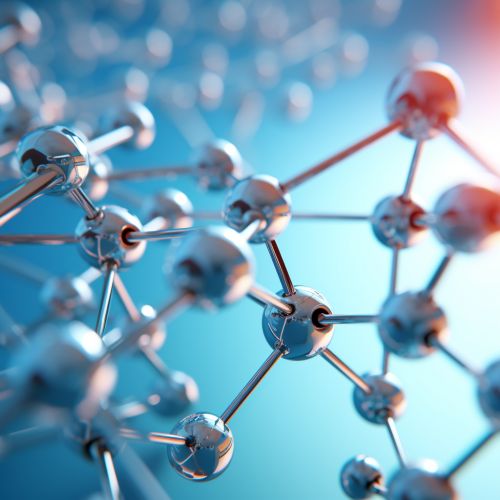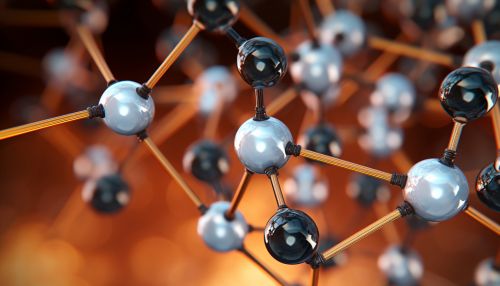Chlorinated Hydrocarbons
Introduction
Chlorinated hydrocarbons are a group of chemical compounds that contain carbon, hydrogen, and chlorine atoms. They are a subset of the broader class of organohalogens, which also include compounds with other halogens such as fluorine, bromine, and iodine. Chlorinated hydrocarbons have a wide range of uses, including as solvents, refrigerants, and in the production of plastics and other synthetic materials. However, they are also associated with significant environmental and health concerns due to their toxicity and persistence in the environment.
Structure and Properties
Chlorinated hydrocarbons are characterized by the presence of one or more chlorine atoms bonded to carbon atoms. The number and arrangement of these chlorine atoms can greatly influence the properties of the compound. For example, compounds with a single chlorine atom, such as methyl chloride, are often gases at room temperature, while those with multiple chlorine atoms, like carbon tetrachloride, are typically liquids or solids.


The physical and chemical properties of chlorinated hydrocarbons are largely determined by the nature of the carbon-chlorine bond. This bond is polar, meaning that the electrons are not shared equally between the carbon and chlorine atoms. This results in a partial negative charge on the chlorine atom and a partial positive charge on the carbon atom, which can lead to interesting chemical behavior.
Production and Uses
Chlorinated hydrocarbons are typically produced through the reaction of chlorine with hydrocarbons, often in the presence of light or heat. This process, known as halogenation, can be used to produce a wide range of chlorinated hydrocarbons with varying properties and uses.
One of the most common uses of chlorinated hydrocarbons is as solvents. Compounds such as trichloroethylene and tetrachloroethylene are used in dry cleaning and metal degreasing due to their ability to dissolve oils and other organic materials. Other chlorinated hydrocarbons, like polyvinyl chloride (PVC), are used in the production of plastics and other synthetic materials.
Chlorinated hydrocarbons also have a variety of other uses. For example, chlorofluorocarbons (CFCs) were widely used as refrigerants and aerosol propellants until their role in ozone depletion was discovered. Similarly, some chlorinated hydrocarbons, such as DDT, have been used as pesticides due to their toxicity to insects.
Environmental and Health Concerns
Despite their usefulness, chlorinated hydrocarbons are associated with a number of environmental and health concerns. Many of these compounds are very stable and do not readily break down in the environment. This means that they can persist for long periods of time, leading to accumulation in soil, water, and living organisms.
Some chlorinated hydrocarbons, such as DDT and polychlorinated biphenyls (PCBs), are known to be toxic and can cause a variety of health problems. Exposure to these compounds can lead to damage to the nervous system, liver, and other organs, and some are known to be carcinogenic.
Furthermore, some chlorinated hydrocarbons, like CFCs, can have significant impacts on the Earth's atmosphere. The release of these compounds into the atmosphere has been linked to the depletion of the ozone layer, a phenomenon that can increase the amount of harmful ultraviolet radiation reaching the Earth's surface.
